
Product information
Philipponnat ‘Cuvée 1522’ 2012
$174
Description
“Disgorged in February 2020 with 4.5 grams per liter dosage, the 2012 Extra-Brut Grand Cru Cuvée 1522 is already showing beautifully, unwinding in the glass with hints of golden orchard fruit, fresh peach, honeycomb and blanched almonds. Full-bodied, vinous and concentrated, it’s elegantly muscular, with terrific depth at the core, racy acids and a seamless profile. Given its very recent disgorgement, it’s surprisingly open, but it will nonetheless reward bottle age.”
William Kelley
Out of stock
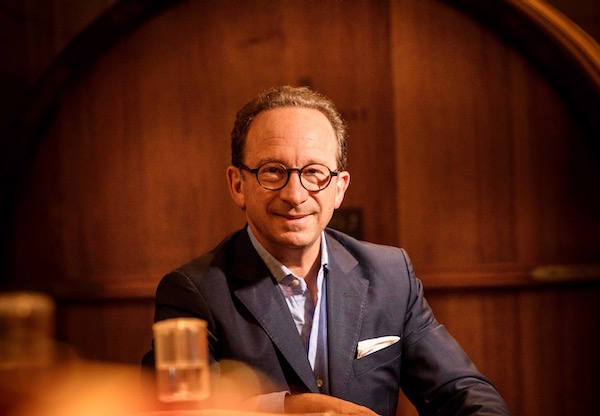
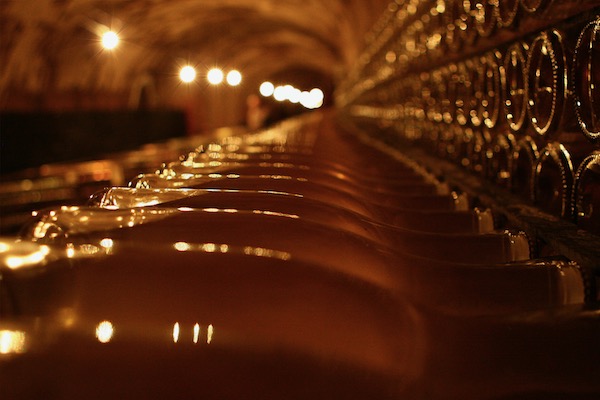


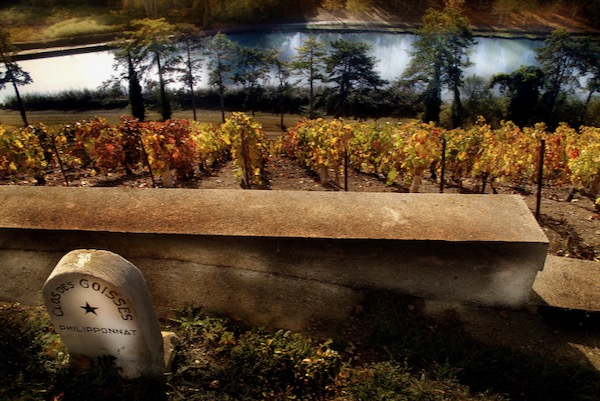
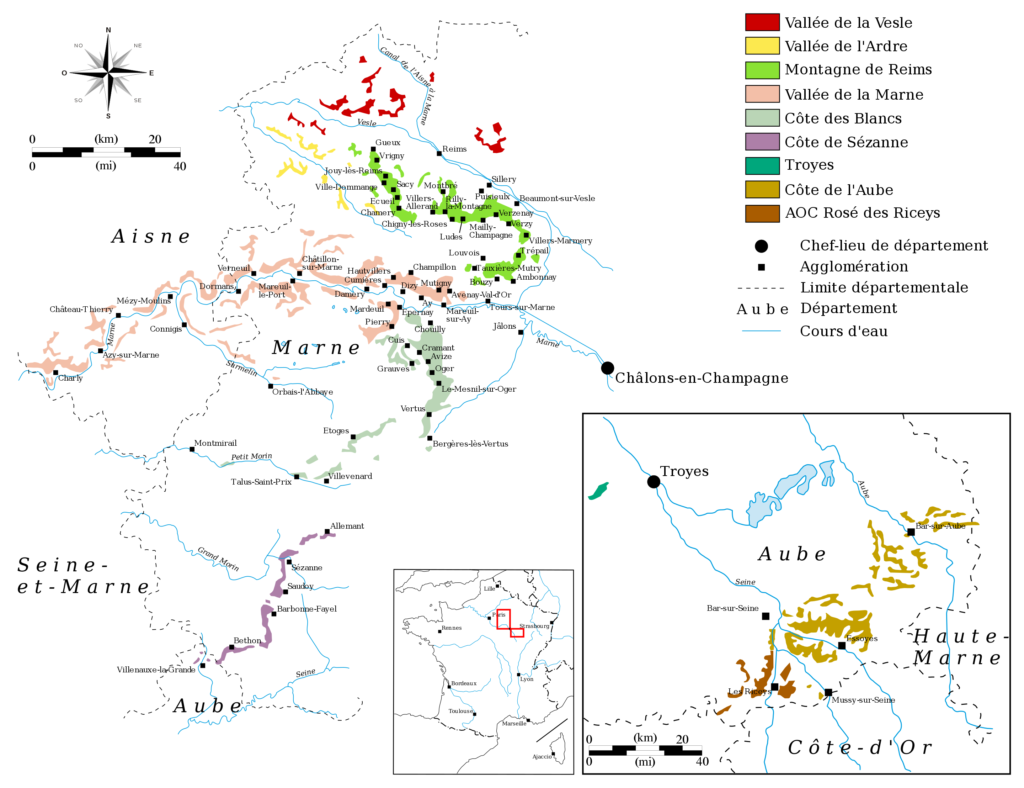



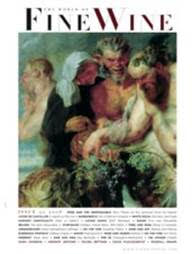

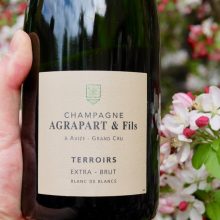
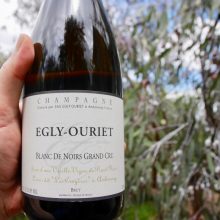
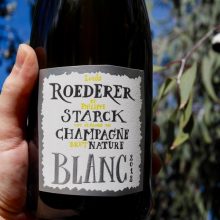
You must be logged in to post a comment.